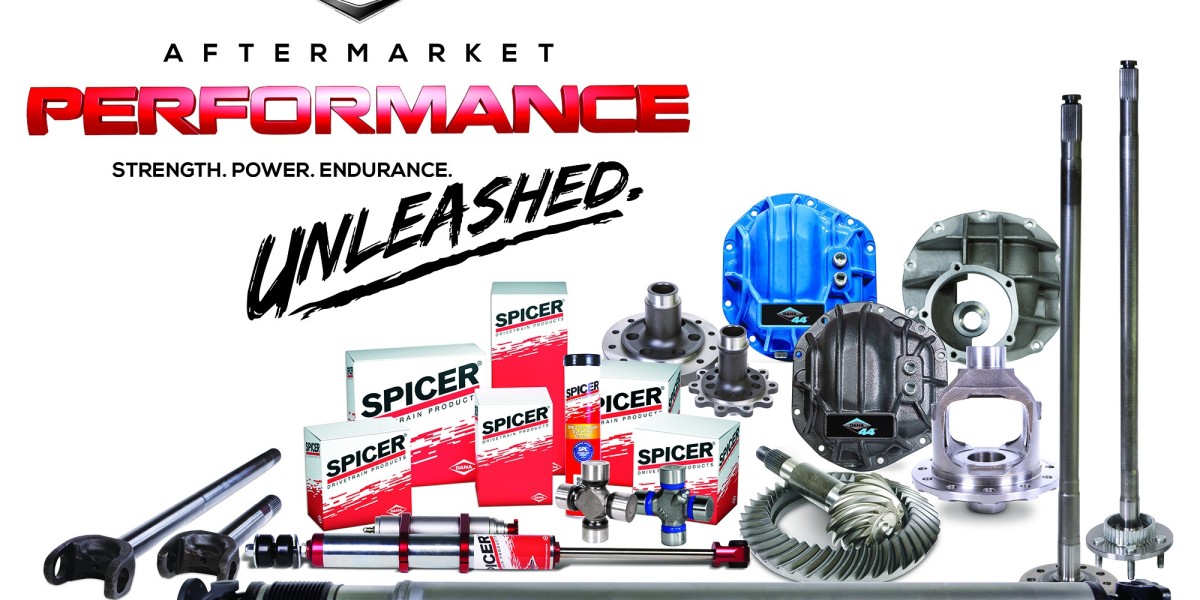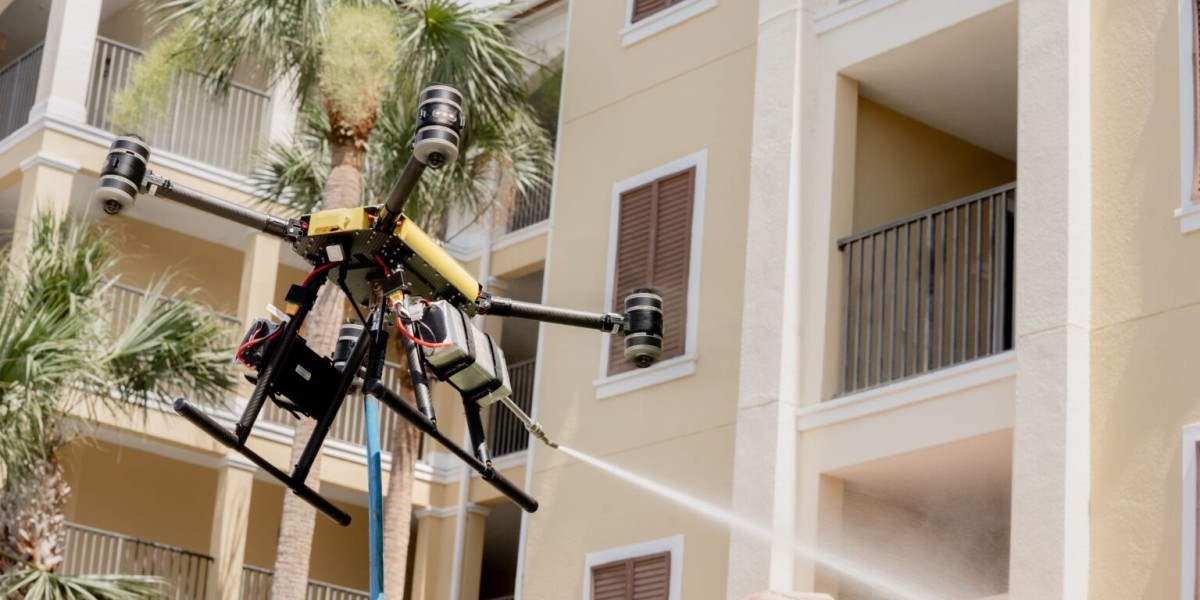Introduction
Imagine stepping into your backyard or a local training facility where a well-structured outdoor batting cage stands ready to enhance your batting skills. Whether you're a budding baseball player, a coach, or a parent looking to provide the best training setup for your child, having an efficient outdoor batting cage can be a game-changer. Instead of making multiple trips to practice grounds or relying on shared facilities, you can have a dedicated space tailored for consistent training.
If you're serious about improving your hitting skills, investing in a high-quality outdoor batting cage can make all the difference. Not only does it provide a safe and controlled environment, but it also allows you to practice anytime without distractions. If you’re considering setting up a batting cage, this guide will walk you through everything from choosing the right materials to optimizing your space for the best results.
For those looking for a reliable source of premium-quality outdoor batting cages, check out RGen Sports, where you can find expertly crafted cages designed for durability and efficiency.
Choosing the Right Location for Your Outdoor Batting Cage
The first and most crucial step in setting up an outdoor batting cage is selecting an appropriate location. You need to consider various factors such as space availability, safety, accessibility, and environmental conditions.
Space Requirements
Your batting cage should be long enough to allow for full swings and ball trajectory. Standard batting cages range from 35 to 70 feet in length, with a width of about 12 to 14 feet. The height typically varies between 10 and 12 feet, providing ample space for hitting and high fly balls.
Before setting up, measure the area you plan to use and ensure there’s enough room for players to swing freely. If space is limited, opt for a retractable or collapsible cage that can be adjusted as needed.
Ground Conditions
A stable, level surface is essential for a batting cage. Grass, dirt, or artificial turf can all work, but if you want a long-lasting setup, consider laying a solid foundation such as compacted gravel, concrete, or professional-grade turf. A well-prepared surface minimizes uneven bounces and improves overall safety.
Weather Considerations
Since your batting cage will be exposed to outdoor elements, consider factors like wind, rain, and sun exposure. Position the cage in an area with minimal wind interference, or install windbreaks if necessary. Additionally, a shaded or partially covered area can help reduce sun glare and extend the life of the cage netting.
Selecting the Best Materials for Your Batting Cage
The materials you choose play a significant role in the durability and performance of your outdoor batting cage. Here’s a breakdown of the key components you’ll need:
Frame Material
The frame serves as the backbone of your batting cage. The most common materials used for frames are:
- Steel – Heavy-duty and durable, steel frames provide excellent stability and longevity. They are ideal for permanent setups but require rust protection.
- Fiberglass – Lightweight and portable, fiberglass frames are easy to move and set up. They are best suited for temporary or mobile batting cages.
- Aluminum – A mix between steel and fiberglass, aluminum frames are durable yet lighter than steel, making them a great choice for long-term outdoor use.
Netting Options
The netting is what keeps the balls contained within the cage. The most common netting types include:
- Polyethylene (PE) Netting – Affordable and lightweight, but not as durable in extreme weather conditions.
- Nylon Netting – Stronger and more durable than PE, but it can absorb moisture and may require UV protection.
- High-Density Polyethylene (HDPE) Netting – The best option for outdoor use, HDPE netting is weather-resistant and UV-protected for long-lasting durability.
When selecting netting, look for a high “twine size” (such as #42 or #60) for maximum strength and longevity.
Installing Your Outdoor Batting Cage
Once you have selected the materials, it’s time to set up your batting cage. Follow these steps to ensure a smooth installation process.
Step 1: Assemble the Frame
Start by marking the designated area and laying out the frame components. If using steel or aluminum poles, secure them into the ground using concrete footings or heavy-duty ground stakes. For a more portable option, use weighted bases to hold the frame in place.
Step 2: Attach the Netting
Once the frame is in place, drape the netting over the top and secure it with carabiners, zip ties, or rope clips. Ensure the netting hangs loosely enough to absorb the impact of balls without causing ricochets but is also tight enough to maintain shape.
Step 3: Install Turf or Flooring
For better traction and player comfort, install artificial turf, rubber mats, or compacted gravel inside the cage. This helps reduce wear and tear on the netting while providing a stable surface for hitters.
Step 4: Add Safety Features
To prevent injuries and damage, consider adding:
- Protective padding around poles and frame edges.
- L-screens to protect pitchers and coaches during live pitching.
- Windbreaks or covers for protection against strong winds and sunlight.
Maximizing Training Efficiency in Your Batting Cage
Simply setting up a batting cage isn’t enough—you need to use it effectively for maximum training benefits. Here are some ways to optimize your training sessions:
Use a Pitching Machine
A pitching machine allows for consistent and controlled pitching, helping batters develop accuracy and timing. Adjust the speed and trajectory to match real-game conditions.
Incorporate Target Drills
Set up targets or strike zones within the cage to improve precision and control. This helps players focus on specific hitting zones and refine their swing technique.
Practice Different Hitting Techniques
Vary your training by incorporating bunting drills, power swings, and opposite-field hitting exercises. This builds versatility and adaptability in a batter’s approach.
Regular Maintenance for Long-Term Use
To keep your outdoor batting cage in optimal condition:
- Inspect netting regularly for holes or tears.
- Clean and store equipment properly after use.
- Re-secure frame connections and stakes to prevent structural issues.
For premium-quality batting cages designed for durability and high performance, explore RGen Sports.
FAQs
1. How much space do I need for an outdoor batting cage?
A standard batting cage is at least 35 to 70 feet long, 12 to 14 feet wide, and 10 to 12 feet high. Ensure you have enough clearance around the cage for safety.
2. What type of netting is best for outdoor batting cages?
HDPE netting is the best option for outdoor use due to its weather resistance, UV protection, and durability against high-impact hits.
3. Can I set up an outdoor batting cage by myself?
Yes, but it’s easier with help. Installing a batting cage involves assembling a frame, attaching netting, and securing the structure properly.
4. Where can I buy a high-quality outdoor batting cage?
You can find durable, professional-grade outdoor batting cages at RGen Sports, which offers a variety of options for different training needs.
By following this guide, you can create an effective and durable outdoor batting cage that enhances your training and helps you or your team improve their batting skills.








